Watch video of this logging-themed 4 x8 project railroad, the Cascade & Timber Trail Ry. […]
Scale: O Scale
Overview of the Cascade & Timber Trail Ry.
Watch video of this logging-themed 4 x8 project railroad, the Cascade & Timber Trail Ry. […]
Denver & Rio Grande Western and Rio Grande Southern
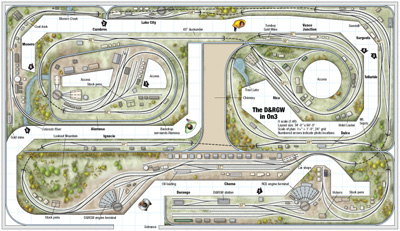
Name: Denver & Rio Grande Western and Rio Grande Southern Scale: On3 (1:48 proportion, three-foot gauge) Size: 34 x 60 feet Prototype: D&RGW and RGS Locale: Southern Colo. and northern New Mexico Era: First half of 1900s Style: Walk in with duckunders Mainline run: 300 feet Minimum radius: 72″ Minimum turnout: no. 6 See a […]
Scarce Lionel refrigerator and cattle cars
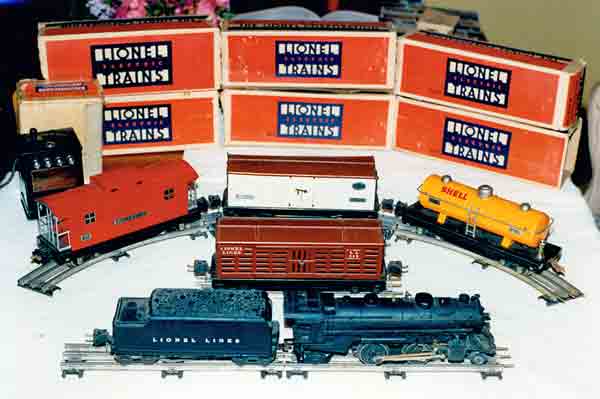
It was an April evening when I returned home to find this message on my answering machine: “I have a train set that was purchased in 1941. Can you tell me what it’s worth?” I recognized the voice as belonging to an acquaintance that knew I collected Lionel trains. “Nice of the guy to call,” […]
Reviewed: O gauge Interurban set by K-Line by Lionel
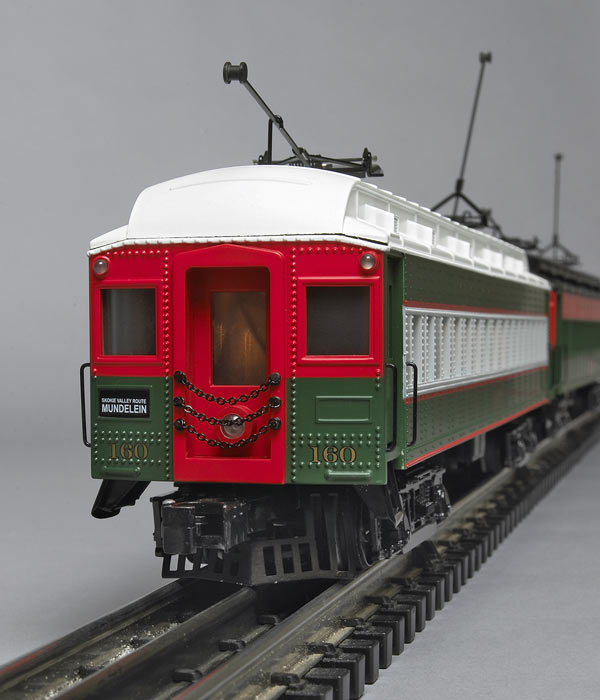
After reading the following review, be sure to watch streaming video of this set in action. YOU CAN STILL SEE THE TRACES HERE AND THERE. A section of back road with the unmistakable appearance of a tree line and a long-gone grade crossing; perhaps a concrete overpass converted into a bike trail years ago; or […]
Reviewed: O gauge Premier line Flying Yankee by MTH Electric Trains
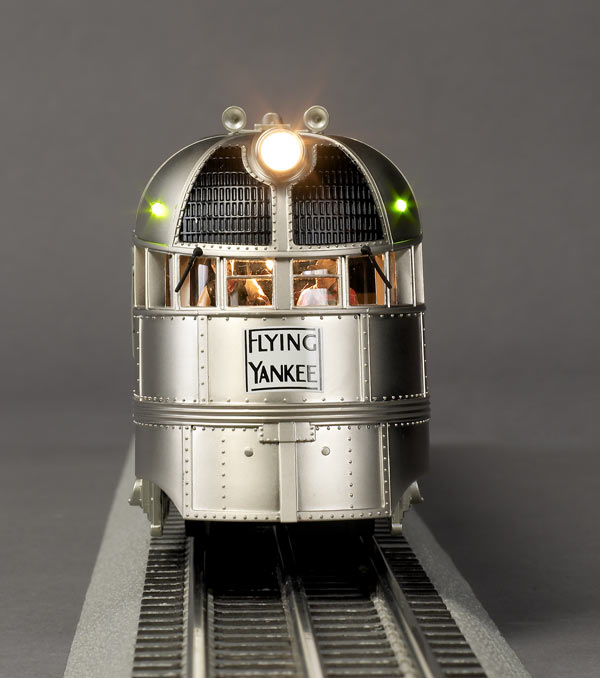
PASSENGER TRAIN PATRONAGE DECLINED SHARPLY DURING THE GREAT DEPRESSION, but a few forward-thinking railroads had the vision to try revolutionary ways to boost ridership, while reducing some of the overhead costs of train operation. After reading the following review, be sure to watch streaming video of this set in action. Fielded by the Budd Co., […]
K-Line by Lionel O gauge interurban car set
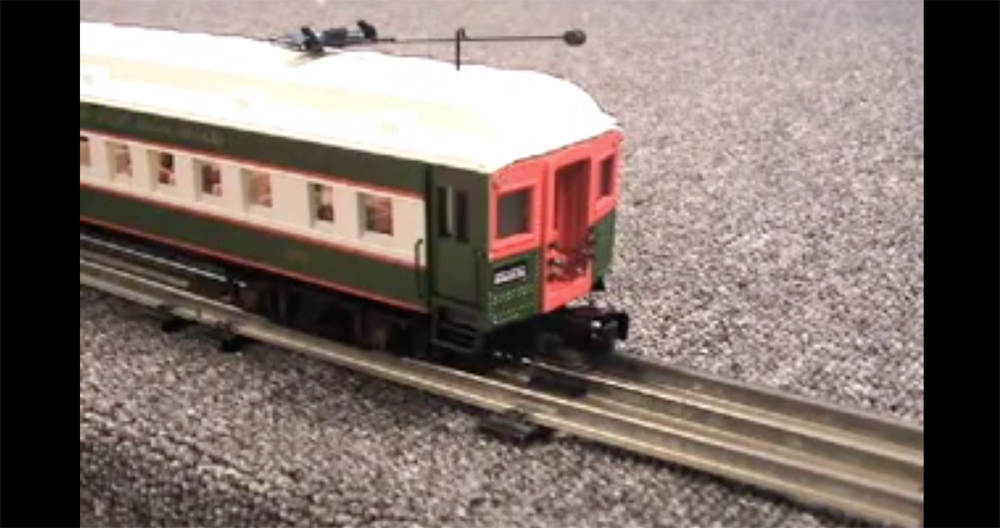
The O gauge North Shore two-car interurban set by K-Line by Lionel retails for $229.99 (no. 22287-1). It features two can-style motors, interior decoration and illumination, directional lighting, and passenger sound effects. […]
MTH’s Premier line O gauge Yankee Flyer
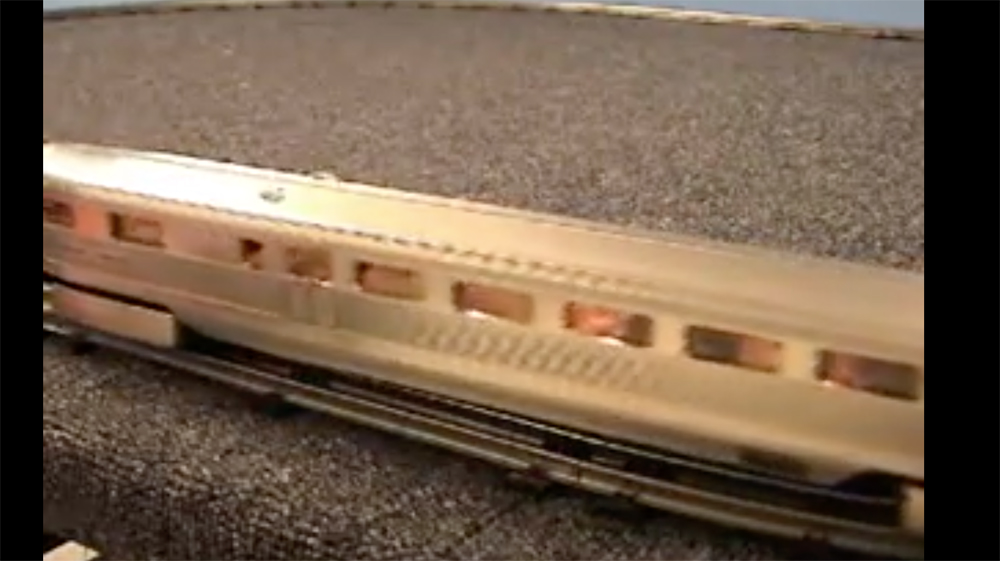
Below, you can watch a streaming video of MTH’s O gauge Premier line Flying Yankee streamliner in action. It features O-72 operation, two can-style motors, interior illumination, ProtoSound 2.0, and retails for $699.95. […]
K-Line by Lionel O gauge interurban car set

The O gauge North Shore two-car interurban set by K-Line by Lionel retails for $229.99 (no. 22287-1). It features two can-style motors, interior decoration and illumination, directional lighting, and passenger sound effects. […]
MTH’s Premier line O gauge Yankee Flyer

Below, you can watch a streaming video of MTH’s O gauge Premier line Flying Yankee streamliner in action. It features O-72 operation, two can-style motors, interior illumination, ProtoSound 2.0, and retails for $699.95. […]
Video: O gauge boxcab electric by K-Line by Lionel
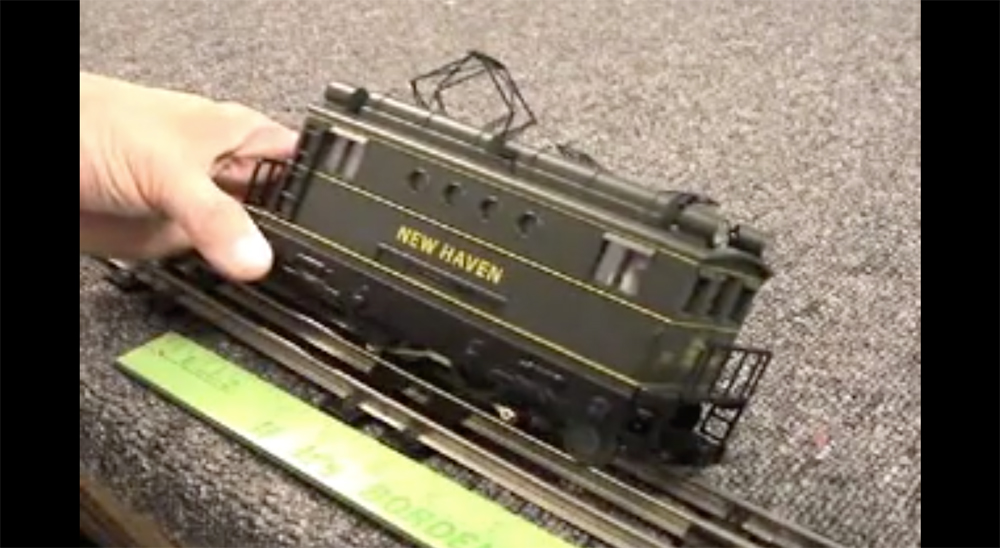
In the March 2009 issue of CLASSIC TOY TRAINS, Bob Keller reviewed this O gauge boxcab electric, by K-Line by Lionel. […]
Video: O gauge boxcab electric by K-Line by Lionel

In the March 2009 issue of CLASSIC TOY TRAINS, Bob Keller reviewed this O gauge boxcab electric, by K-Line by Lionel. […]
